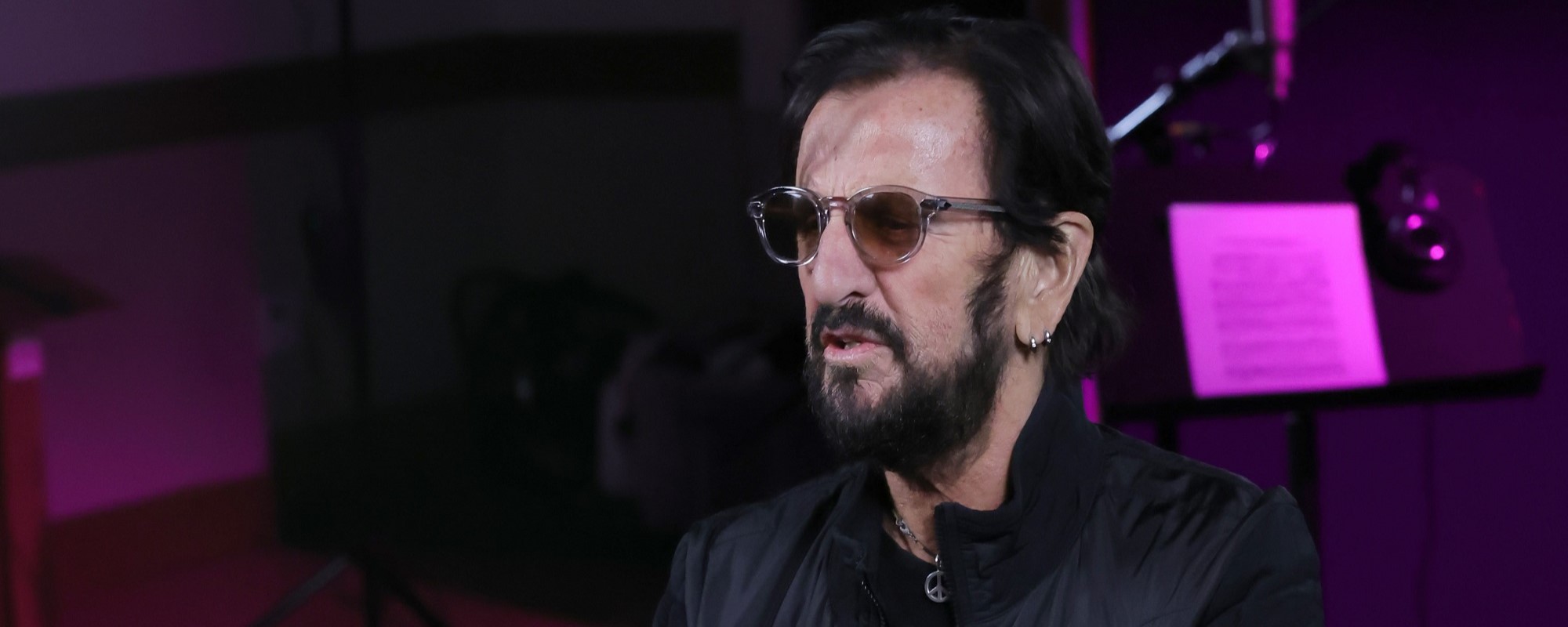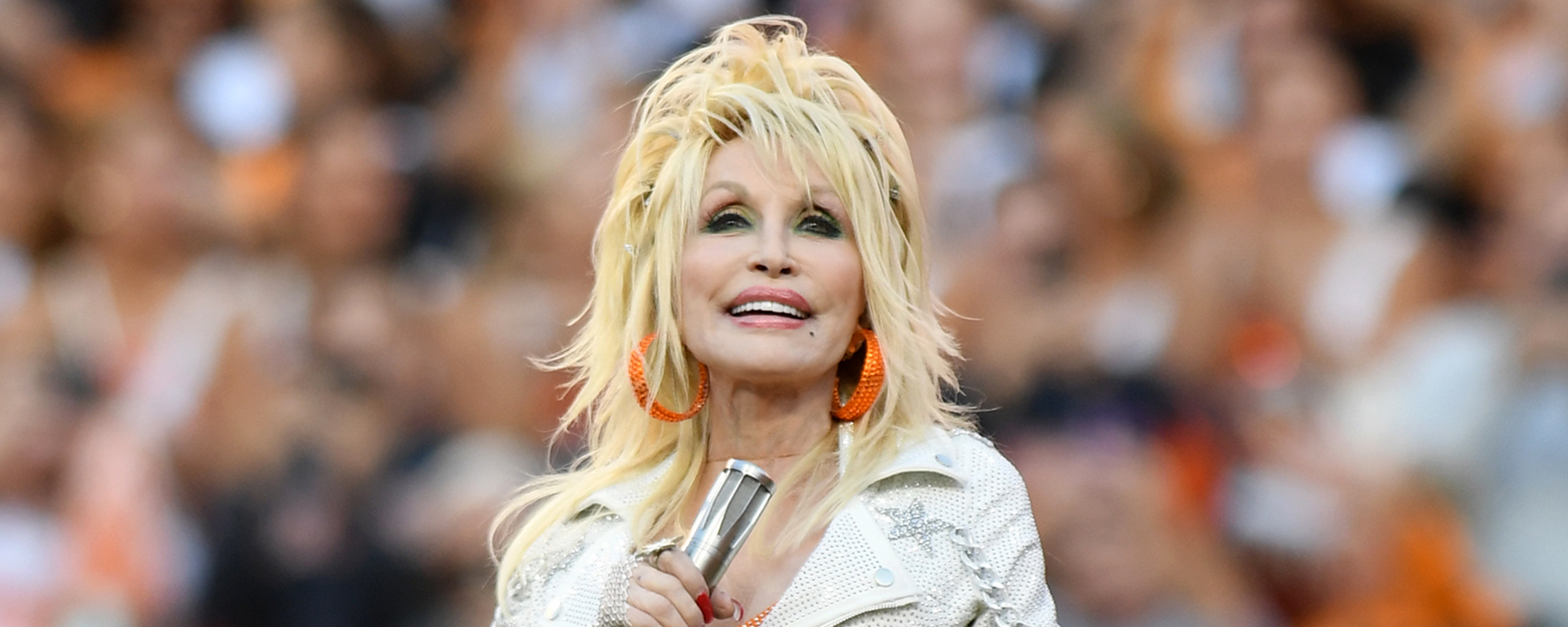We’ve all heard the name. We’ve all enjoyed the stories, songs, and nursery rhymes attributed to her. But who was Mother Goose… really? And what is the meaning and story behind the figure?
Videos by American Songwriter
That’s what we intend to uncover here. So, without further ado, let’s do just that.
Origins
Mother Goose has been known historically as the fantastical author of a collection of fairy tales and nursery rhymes, both in French and English.
The first known appearance of Mother Goose, in English, dates back to the early 1700s when the fairy tale collection from Charles Perrault, Contes de ma Mère l’Oye, was translated from French to English as Tales of My Mother Goose. Later, another collection of nursery rhymes known as Mother Goose’s Melody or Sonnets for the Cradle continued the popularity of the fictional figure, meaning fairy tales now had a mascot.
What was once believed to have been published by John Newbery in London in the 1760s, was later believed to be published in 1780 by Thomas Carnan, Newbery’s stepson.
Mother Hubbard
Prior to Mother Goose, readers in the 18th century were likely familiar with Mother Hubbard, a commonly-known figure in Edmund Spenser’s Mother Hubberd’s Tale in 1590. Fairy tales had also been attributed to Mother Burn, which was the pseudonym of Madame d’Aulnoy in the 1690s.
An early nod to the figure also appears in an aside in a versified French chronicle of weekly events from Jean Loret, known as La Muse Historique, which was collected in 1650. A remark by Loret, “comme un conte de la Mère Oye,” which means “like a Mother Goose story,” shows that the term was known even then.
Of course, it’s worth mentioning here, that mother geese often rest on nests, warming and then hatching their eggs, which beget their little chicks. So, it’s easy to associate a maternal figure, and one who sits with small kids, with these sorts of winged creatures.
More Contemporary Explanations
Katherine Elwes-Thomas noted in the 20th century that the image and name Mother Goose might be based upon ancient legends of the wife of King Robert II of France, known then as Bertha the Spinner or even “Goose-Footed Bertha,” who was described as coming up with imaginative stories that enraptured children.
Other notable scholars have written how Charlemagne’s mother, Bertrada of Laon, was known as the “goose-foot queen.” Some sources trace Mother Goose’s origin back to the biblical Queen of Sheba.
And stories of Bertha, who had a strange foot, exist in many languages, including old German, French, Latin, and Italian.
Jacob Grimm, of Grimm’s Fairytales, noted that these stories are related to the German figure Perchta or Bertha. The legend of Bertha la fileuse was associated with children, geese, and spinning or weaving. (Although, as with all things Grimm, there were darker connotations.)
American Explanation
Though there is evidence to the contrary, in the United States, it’s been said that the original Mother Goose was the Boston wife of Isaac Goose. She has two names in history, Elizabeth Foster Goose (1665-1758) and Mary Goose (d. 1690, age 42).
She was thought to be the second wife of Isaac, who brought six children of her own to the union to add to Isaac’s 10. Upon Isaac’s death, Elizabeth went to live with her eldest daughter, who had married Thomas Fleet, a publisher who lived on Pudding Lane (now Devonshire Street).
According to lore, “Mother Goose” would sing songs to her grandchildren all day or other children swarmed to hear them, too. It was thought her son-in-law gathered her jingles together and printed them. Though no evidence of such printing has been found and historians now believe this story was made up by Fleet’s great-grandson John Fleet Eliot in 1860.
Leading historians on nursery rhymes, Iona and Peter Opie, claim none of this is true and note that the term “Mother Goose” does not refer to any particular person.
Mother Goose: Main Character
Along with being the “author” of nursery rhymes, Mother Goose is the title character in one, “Old Mother Goose and the Golden Egg,” recorded by the Opies, a 15-stanza poem about a variety of adventures involving Mother Goose, an egg and her son Jack.
The reading of this story often included pantomime, first performed in London in 1806, the work of Thomas John Dibdin, titled, Harlequin and Mother Goose, or The Golden Egg.
The Witch, The Devil
Some versions of stories even depict Mother Goose as an old lady with a strong chin, who wears a tall pointed hat and flies beside a goose like a witch figure.
In another pantomime written in 1902, Mother Goose is tempted with wealth by the devil.
Modern Times
As time passes, more and more is attributed to Mother Goose. The name lands in many titles, including A dream of Mother Goose and other entertainments by J. C. Marchant and S. J. Mayhew (1908); Miss Muffet Lost and Found : a Mother Goose play by Katharine C. Baker (1915); The Modern Mother Goose: a play in three acts by Helen Hamilton (1916); and The Strike Mother Goose Settled by Evelyn Hoxie (2022).
In the United States, there is a granite statue of a flying Mother Goose by Frederick Roth at the entrance to the Ramsey Playfield in New York’s Central Park, which was installed in 1938. There are several other nursery rhyme characters carved into its sides, as well.
There is also a bronze rotating statue in the Rockport, Massachusetts public library.
Final Thoughts
While it’s clear there was likely no original, singular character in Mother Goose, the meaning behind the character is important. She’s the hearth around which people gather, a docile figure born to tell stories and raise children’s hearts.
Like the stories and rhymes attributed to her, there are likely several interpretations, origins, and theses that come to mind when discussing the figure, but what really matters is how you feel about her when you hear one of the stories.
She is motherhood, with feathers.
Photo by Universal History Archive/Getty Images






Leave a Reply
Only members can comment. Become a member. Already a member? Log in.